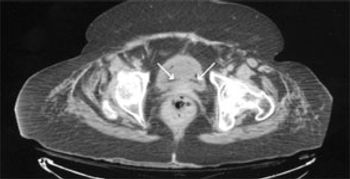
Asthma is a prevalent disease that continues to be associated with significant health care costs. Kamble and Bharmal, for example, estimated that the annual direct medical expenditure attributable to asthma in the United States was about $37.2 billion in 2007. In their study, the estimated prevalence of asthma was 8.7% in children and 6.72% in adults.



